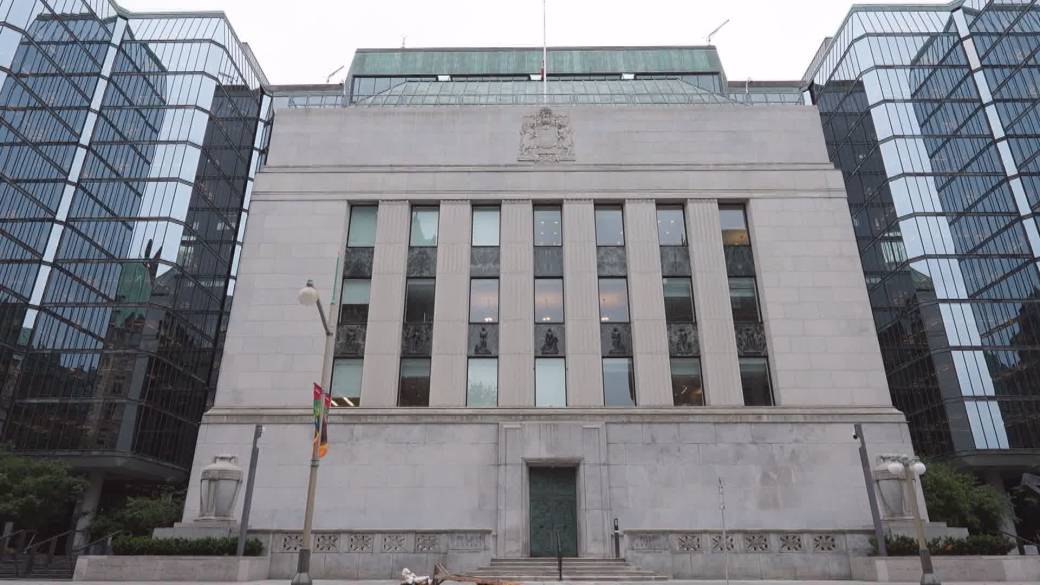The Bank of England has cut interest rates for the first time since the onset of the COVID-19 pandemic in early 2020 as inflationary pressures in the economy have eased.

In a statement Thursday, the bank said that by a 5-4 margin, its policymaking panel backed a quarter-point reduction in its main interest rate to five per cent, from the 16-year of 5.25 per cent.
Economists were divided as to whether the bank, which is independent of government, would cut rates given persistent price pressures in the services sector, which accounts for around 80 per cent of the British economy.
Though those concerns remain, certainly among the four opting to keep borrowing rates on hold, inflation in the U.K overall is down at the bank’s target of two per cent.
“Inflationary pressures have eased enough that we’ve been able to cut interest rates today,” said Bank Gov. Andrew Bailey, who voted for a cut. “But we need to make sure inflation stays low, and be careful not to cut interest rates too quickly or by too much. Ensuring low and stable inflation is the best thing we can do to support economic growth and the prosperity of the country.”
Bailey’s comment suggests that interest rates will not be falling dramatically over coming months, certainly nowhere near the pace that the bank had hiked them in recent years.

Central banks around the world dramatically increased borrowing costs from near zero during the coronavirus pandemic when prices started to shoot up, first as a result of supply chain issues built up during the pandemic and then because of Russia’s full-scale invasion of Ukraine which pushed up energy costs.

Get breaking National news
For news impacting Canada and around the world, sign up for breaking news alerts delivered directly to you when they happen.
Though no one is anticipating rates to fall to those previous lows, there are widespread expectations that the bank will cut again in coming months, especially as its forecasts suggest inflation will be below target in the next couple of years, despite a modest increase in the second half of the year.
“But ultimately it is the data that will determine how interest rates evolve from here, with the bank hoping its conviction that underlying inflation pressures are fading will be vindicated,” said Luke Bartholomew, deputy chief economist at abrdn, formerly known as Aberdeen Asset Management.
The cut — and the potential of future cuts — are welcome news to millions of mortgage holders, certainly those whose borrowing costs track the bank’s headline rate, though it will likely mean that the savings rates offered by banks could be reduced.
Higher interest rates — which cool the economy by making it more expensive to borrow — have helped ease inflation, but they’ve also weighed on the British economy, which has barely grown since the pandemic rebound.
Critics of the Bank of England say it has being overly cautious about inflation in recent months and that it had maintained high interest rates for too long, unnecessarily harming the economy. Borrowing costs had been held at 5.25 per cent since August last year, even though inflation was clearly on a downtrend while the economy stagnated.
It is a charge that’s also been leveled against the U.S. Federal Reserve, which kept rates unchanged on Wednesday.
Other central banks, including the Bank of Canada and European Central Bank, have opted to cut rates but are doing so cautiously.
— with files from Global News
© 2024 The Canadian Press



